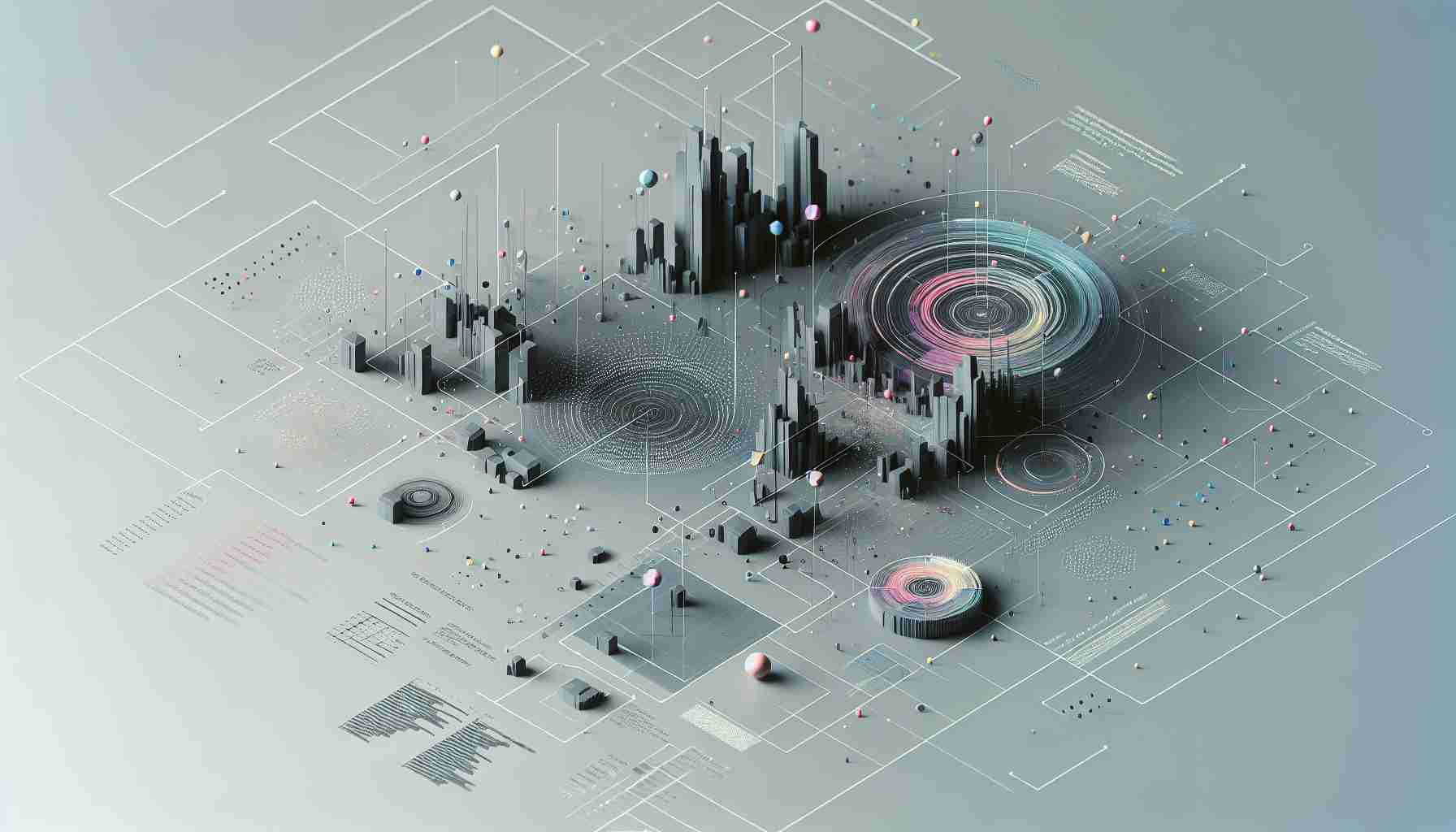Spatial Analysis Unveiling Patterns and Relationships in Geographic Data

Spatial Analysis Briefly Summarized
- Spatial analysis is the examination of geographic data to identify patterns, relationships, and trends using topological, geometric, or geographic properties.
- It incorporates a range of techniques and analytic approaches, notably spatial statistics, to address complex location-oriented problems.
- The application of spatial analysis spans various fields, from urban planning and environmental science to public health and transportation.
- Fundamental challenges in spatial analysis include defining spatial locations accurately and choosing appropriate analytic methods for diverse data types.
- Spatial analysis is integral to Geographic Information Systems (GIS), enabling the transformation and manipulation of spatial data to derive meaningful insights.
Spatial analysis represents a critical facet of data analysis that focuses on understanding the spatial relationships, patterns, and trends inherent in geographic data. It is a broad field that encompasses a variety of techniques and approaches, each tailored to explore the complex dimensions of space and place.
Introduction to Spatial Analysis
At its core, spatial analysis is about location. Every piece of data analyzed in this context has a spatial component, meaning it can be tied to a specific location on the Earth's surface. This location can be as vast as a coordinate on a global scale or as precise as a street address in a city.
The power of spatial analysis lies in its ability to reveal insights that might not be apparent from non-spatial data analysis. For instance, it can help in understanding how diseases spread in an area, how urban development impacts the environment, or how traffic patterns evolve in a city.
Techniques and Approaches in Spatial Analysis
Spatial analysis employs a variety of techniques, each with its own set of tools and methods. Some of the most common techniques include:
-
Spatial Statistics: This involves statistical methods that are specifically designed to analyze spatial data. Techniques such as spatial autocorrelation and spatial regression are used to study the relationships between spatial phenomena.
-
Geostatistics: A type of spatial statistics that focuses on analyzing and predicting spatially continuous phenomena. It includes methods like kriging and variogram analysis.
-
Spatial Interpolation: This technique estimates unknown values at certain locations based on known values from surrounding locations. It is essential for creating continuous surfaces from point data, such as elevation from survey points.
-
Buffer Analysis: This method creates zones around spatial features to assess impacts or influences within a certain distance. It is commonly used in environmental impact studies and urban planning.
-
Overlay Analysis: This involves layering different spatial datasets to find areas of overlap or intersection. It is a fundamental operation in GIS and is used for tasks such as land use planning and habitat conservation.
Applications of Spatial Analysis
The applications of spatial analysis are as diverse as the fields that use it. Here are a few examples:
-
Urban Planning: Spatial analysis helps in designing efficient transportation systems, planning new infrastructure, and managing urban growth sustainably.
-
Environmental Science: It is used to monitor deforestation, model climate change impacts, and assess pollution levels.
-
Public Health: Spatial analysis can track the spread of diseases, identify risk factors, and plan healthcare services.
-
Agriculture: It aids in precision farming, soil analysis, and crop yield prediction.
Challenges in Spatial Analysis
Despite its vast potential, spatial analysis faces several challenges:
-
Defining Spatial Locations: Determining the precise location of entities can be complex, especially when dealing with moving objects or imprecise address data.
-
Data Quality: The accuracy and resolution of spatial data can significantly impact the results of spatial analysis.
-
Scalability: Handling large datasets, such as satellite imagery, requires robust computational resources and efficient algorithms.
-
Interdisciplinary Nature: Spatial analysts often need to collaborate across different fields, requiring a broad understanding of various domains.
Conclusion
Spatial analysis is an indispensable tool for making sense of the world around us. By leveraging the spatial dimension of data, analysts can uncover patterns and relationships that inform decision-making and policy development. As technology advances, the scope and depth of spatial analysis will continue to expand, offering even greater insights into the complex spatial fabric of our planet.
FAQs Section
What is Spatial Analysis?
Spatial analysis is the process of examining geographic data to uncover patterns, relationships, and trends through various techniques that consider the topological, geometric, or geographic properties of the data.
Why is Spatial Analysis Important?
Spatial analysis is important because it allows us to understand complex spatial relationships and patterns that are critical for decision-making in a wide range of fields, from urban planning to environmental management.
What Tools are Used for Spatial Analysis?
Tools for spatial analysis include Geographic Information Systems (GIS), spatial statistics software, and various geospatial data processing applications.
How Does Spatial Analysis Differ from Traditional Data Analysis?

Spatial analysis differs from traditional data analysis by focusing on the spatial relationships and geographic context of data, which are not typically considered in non-spatial analyses.
What are Some Common Challenges in Spatial Analysis?
Common challenges include accurately defining spatial locations, ensuring high-quality data, managing large datasets, and the need for interdisciplinary collaboration.
Sources
- Spatial analysis
- Spatial analysis - Wikipedia
- What Is Spatial Analysis? Definition, Working, and Examples
- Introduction to spatial analysis | Documentation - ArcGIS Developers
- Spatial Analysis - an overview | ScienceDirect Topics
- Spatial Analysis Definition | GIS Dictionary - Esri Support
- Geographic Information Systems (GIS) - Library Guides - Tulane
- Spatial Data Analysis: What is it & Its Role in GIS - LinkedIn
- Spatial analysis in ArcGIS Pro—ArcGIS Pro | Documentation
- Spatial Analysis Strategy, Examples & Best Practices - Qlik
- [PDF] GEO 465/565 - Lectures 11 and 12 - "Spatial Analysis"